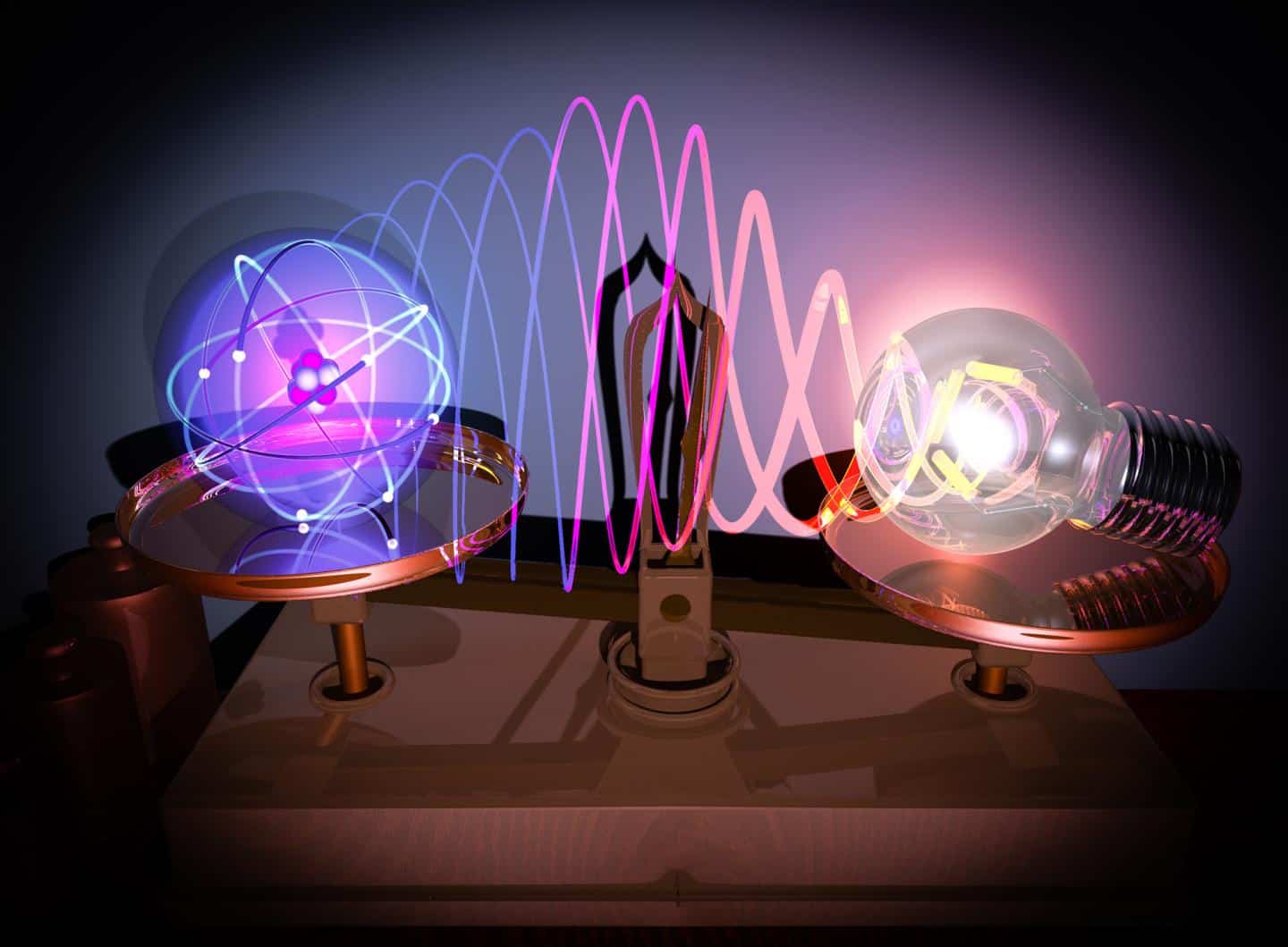
The invention has the potential to unlock light-catalysed chemical reactions and to be used in opto-mechanical data storage devices.
Previously, it had been thought that it was not possible to focus light into a spot smaller than its wavelength. The Cambridge-led team used conductive gold nanoparticles to create an optical cavity so small that a single molecule could fit inside it; known as a "pico-cavity" by the researchers, it consists of bump in a gold nano structure the size of a single atom, and confines light to a space less than a billionth of a metre across.
Constructing the pico-cavity involved building a structure with single atom control. The Cambridge team sandwiched a layer of a self-assembling organic molecule, biphenyl-4-thiol, between a film of gold and a gold nanoparticle, with the whole assembly cooled to -260°C to reduce the speed of the atoms' motion, and used lasers to move individual atoms in the nanoparticle, and allowed them to observe the atoms’ motion in real-time.
"Even single gold atoms behave just like tiny metallic ball-bearings in our experiments, with conducting electrons roaming around, which is very different from the quantum life where electrons are bound to the nucleus,” said Prof Jeremy Baumberg of the Nanophotonics Centre at Cambridge's Cavendish Laboratory, who directed the project. Theoretician Prof Javier Aispurua of San Sebastian added: "Our models suggested that individual items sticking out might act as tiny lightning rods, but focusing light instead of electricity."
In a paper in the journal Science, the team explains how the picocavity could help to investigate new interactions between light and matter, including the possibility of placing chemicals inside the cavity were light could activate or catalyse their reaction. This, they suggest, could also lead to development of new kinds of sensors.




Nanogenerator consumes CO2 to generate electricity
Nice to see my my views being backed up by no less a figure than Sabine Hossenfelder https://youtu.be/QoJzs4fA4fo